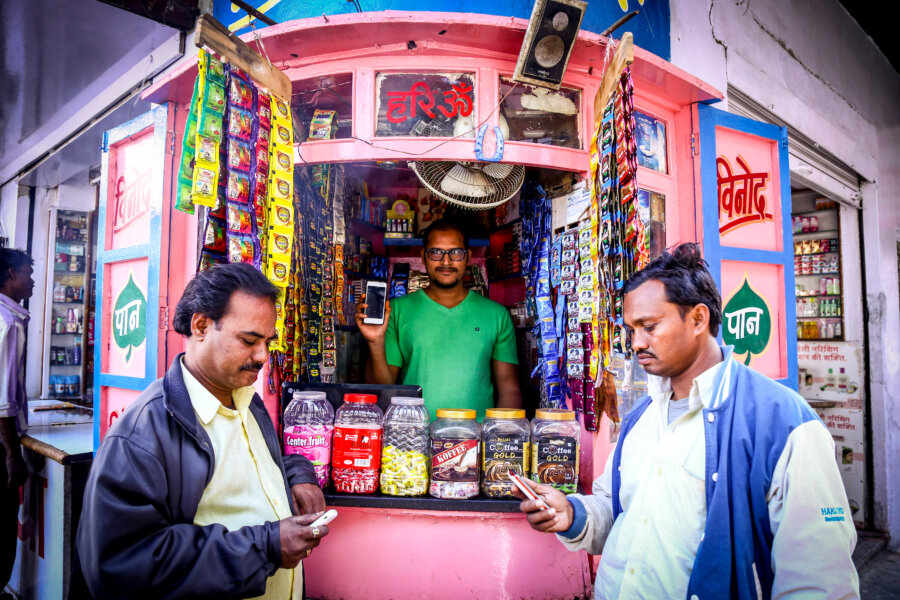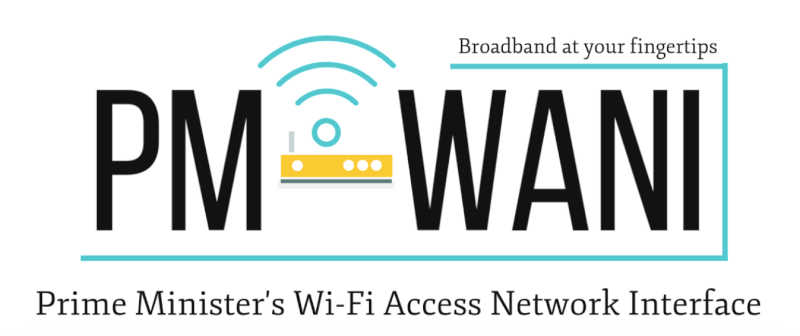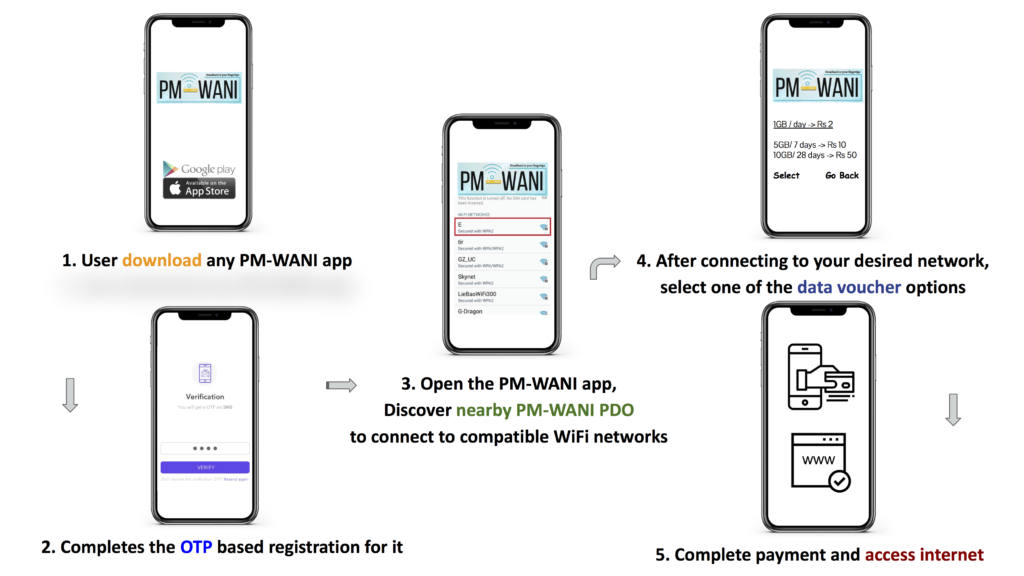What will it take to build an Apple or Google out of India? This is a question we often ask, and you might recall that I gave one perspective on this in my Outlook Business column some months ago.
Sanjay Nayak of Tejas Networks has devoted the last decade to building high tech telecom products out of India. He is passionate about building a supportive product ecosystem in Bangalore/India. So, when he invited me to moderate a panel discussion on “Fostering an Innovation Economy in India: Issues, Challenges & Recommendations” at the IEEE ANTS 2012 conference at Bangalore last week, I jumped at the opportunity.
We had great participants – Vishy Poosala of Bell Labs, VVR Sastry of CDOT (former CMD of Bharat Electronics), Srini Rajam of Ittiam, Satya Gupta of concept2silicon (and present chair of the Indian Semiconductor Association), and Ishwar Parulkar of Cisco, I had requested each participant to start with a short account of a successful innovation project they had been associated with in India, and what made it work. Since we hear so much about the obstacles to innovation in India, I thought some bright spots may offer ways around these.
And, a real treat followed as we got some insightful examples from all the speakers.
Vishy Poosala – Alcatel Lucent (Bell Labs)

Vishy started by describing an interesting phenomenon his team noticed. Rather than download songs legally available through mobile service providers, mobile owners preferred to buy songs from a corner store. The obvious reason was cost – it’s much more expensive to buy songs “legally.” Why do downloaded songs cost more? His team found out that the reason for this was that the service providers had congested networks, and therefore did not want to promote downloads that would congest their networks further. Bell Labs India proposed a solution to this problem – a “Mango Box” which could push content to users at off peak times when there was no congestion, and hence songs (or other content) could be sold cheaper. While they managed to commercialise this product in India, revenues were never big enough to excite AT&T. Ultimately, “Mango” got traction when it was deployed in the US for use on AT&T’s iphone network. The lessons? Address local problems, but look out for global problems where the same solution can be applied.Vishy mentioned that AL ventures, an internal venturing arm of Alcatel Lucent played a key role in making this cross-fertilization happen.
Srini Rajam – Ittiam
Srini went next. Ittiam has completed a successful decade of a focused IP play. It earns all its revenues from licensing IP it has created. In 2009, Ittiam identified that the then smartphones did not have the capability to play HD video. Creating that capability was non-trivial because it involved change in the software architecture and working with both handset and silicon players. There was a window of opportunityopen, and Ittiam sought to address this by quickly creating the IP, filing a patent and then working with the players to implement it. Not only were 10 million phones incorporating this IP sold in the first year, one of Ittiam’s major clients highlighted the HD video playback in its product marketing collateral. Based on this experience, Srini stressed the importance of innovation as a process – the spark (idea), followed by implementation, and then business impact. Clearly, as in the Alcatel Lucent case, choice of the product is key as well.
VVR Sastry – CDOT

After CDOT’s pioneering efforts on switching for rural exchanges in the 1980s, CDOT disappeared from public imagination. While it has continued to be involved in strategic projects, it’s no longer “visible.” Sastry of CDOT gave one example of how CDOT is trying to change that. Mobile base stations are power guzzlers and are already being targeted by environmentalists for their high carbon footprint. At the same time, rural call rates are not always high, and rural cellular infrastructure is under-utilized. CDOT is trying to solve this problem through shared GSM radio. With the regulators possibly allowing spectrum sharing, this could be a way for better utilization of rural cellular infrastructure. While admittedly a late life cycle product with an emerging market focus, this has the potential to lower costs yet provide multi-operator service in rural locations. Sastry stressed
“right product at the right time”, providing a “total product concept” and keeping up the motivation of engineers.Satya Gupta – Concept2Silicon
Satya Gupta’s company Concept2Silicon is just 3 years old. He encourages innovation through Friday brainstorming sessions. He stressed the importance of aligning new product ideas with needs and timing. In particular, he underlined the importance of aligning products to local conditions and price points. He outlined one important opportunity. Education is rapidly shifting from the traditional classroom to electronic media. But the electronic media used in the classroom are not interactive and don’t allow the teacher to adapt/change content or modify / add comments easily. Interactive whiteboards are available, but they are imported and too expensive. This is an area where Concept2Silicon sees product innovation opportunities.
Ishwar Parulkar – Cisco

Ishwar is the CTO of Cisco’s Provider Access Business Unit in Bangalore. He shared the highlights of the ASR 901 router, the first product developed end-to-end by Cisco in India (see my earlier post on this project for more details). Defining what product to build in India was critical – they chose a router for access providers (= mobile service providers) not only because this was a relevant market in India but also because this was not a core segment addressed by Cisco’s existing products. Scale, reliability and monetization were 3 key criteria for Cisco. To build the product in Bangalore, Ishwar’s team had to persuade vendors to enhance their local capabilities. They also had to transfer knowledge in certain areas like certification. Thus product development efforts involved building a local ecosystem. The third element was creating an appropriate organizational and operational model – there were 3 stages: an incubation stage (under the radar) till a concept could be proved, a stage of scale up with “borrowed resources,” and a third stage of mainstreaming with more funding.Today, ASR 901 has a market not only in India, but across the world.
Fostering an Innovation Economy
In the discussion that followed, several interesting questions came up which addressed the larger theme that Sanjay had identified for the session:
1. Will India be restricted to “late in the life cycle” or niche products, or will we be able to come out with genuinely new products?
2. What needs to be done to improve the innovation ecosystem?
3. How does India compare to China on the innovation front?
4. How can we improve collaboration between academia and industry?
5. How can we enhance the economic dividend to India of innovation activities here?
Most of the comments in response to the first question identified the usual obstacles to creating really innovative products from India: hierarchy in Indian society (vs. the questioning attitude required to do genuine innovation); fear of failure; the education system; and inadequate private sector investment in R&D. There was agreement that many of these things are changing, and the future looks optimistic. But the slow growth of private sector R&D investment continues to be an issue of concern.
Satya Gupta had some very specific and relevant suggestions on improving product innovation. His own experience in his company has been that even the components required for product innovation are not easily available, and often need to be imported with delays of upto 3-4 weeks. This slows down the innovation process, and also demotivates the innovator. He called for the setting up of resource centres – he called them ESDM innovation centres – that are fully equipped and ready-to-use for experimentation. This will help start-up entrepreneurs quickly try out new ideas.
There was broad agreement that China has been able to do several things on a scale that India is unable to even dream of – these include development of infrastructure, education in science and technology, funding for start-ups etc. China has a strong desire to dominate telecom and has therefore supported the creation of large corporations like Huawei and ZTE. In contrast, India lacks a strategic orientation, is unable to spend the R&D money committed because of cumbersome bureaucratic processes, and is no longer even the source of the largest number of graduate students abroad.
Regarding academia-industry collaboration, speakers pointed to the incentive systems in Indian academia that appear to favour academic research resulting in papers and do not give importance to industrial R&D. A specific example was given of a person with considerable international corporate R&D experience who was denied a job in one of the IITs because she did not have adequate research output (=papers in journals).
The fifth question – economic dividend for india – prompted an interesting discussion around value capture in the innovation process. Sanjay Nayak wondered aloud whether Indian companies need to invest more in marketing and branding if India is to capture more value. There was a broad agreement that collaboration was key to improving the economic returns to India – and that even multinational subsidiaries in India may gain from collaborating with each other rather than trying to “sell” their innovations to reluctant managements in the developed world.
Does innovation have to be a struggle? Or can it be the mainstream of a company’s activities? Many speakers pointed out that innovation involves change, and most human beings don’t like change. Hence innovation will always involve overcoming obstacles. Ishwar pointed out that even in Apple, ideas are hard fought. But I felt that companies like 3M, Google, and our own Titan have shown that innovation can become a more routine activity of the company.
Conclusion
I see confidence in our abilities to innovate from India growing, and that’s a good thing. There is a new generation of innovation evangelists returning to India (people like Vishy and Ishwar) who are determined to make things happen here. At the same time, we have people like Srini and Sanjay who have shown that good innovation can come out of India and that it’s possible to run innovative companies here. Of course, it’s not easy, but I see the formation of a critical mass of people who know how to make innovation work. Let’s hope a lot more people get inspired by their examples in the days to come.











